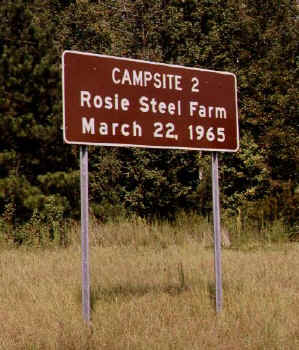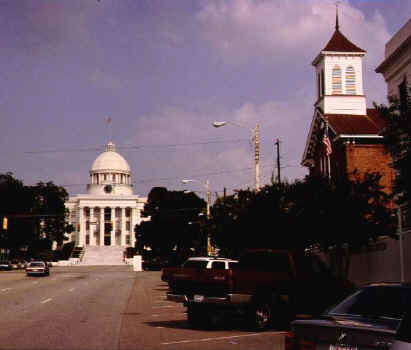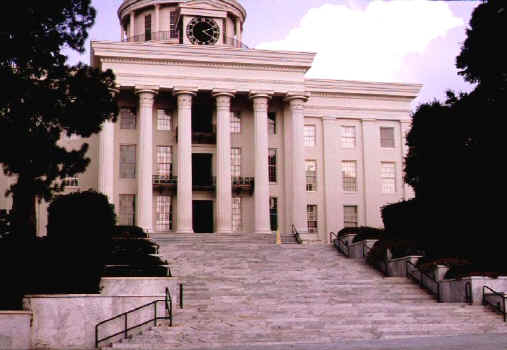 |
The U.S. Court declared the voting rights march from Selma to Montgomery to be legal. The court injunction was lifted. Martin Luther King, Jr., led a third march across the Edmund Pettus Bridge. By this time thousands of people from all over the United States, both black and white, had come to Selma to join the march. It was one of the high points of the Civil Rights Movement. |


